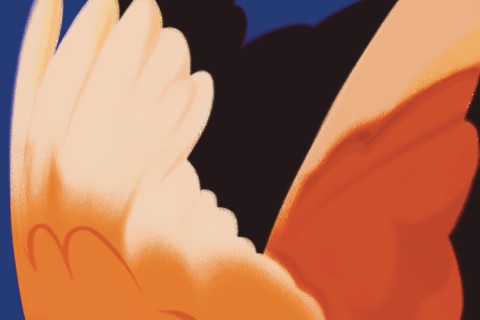A lesson on resilience
My daughter has a pet plant, Vivaldi. He’s a succulent, and a nice, bushy one, too. But it wasn’t always that way for Vivaldi. When she first brought him home from the nursery, she had special soil and instructions to “be careful not to overwater a succulent.”
That first summer, Vivaldi did great out in the yard. Evy was careful not to overwater him, but he did get rained on a few times. In the winter she brought him in the house and continued to “be careful not to overwater him.” In fact, she was so careful, he sometimes wouldn’t get a drink for weeks!
Eventually, Vivaldi shed some leaves. Then his remaining leaves started to shrink. And finally, he began to resemble a dust bunny. By the following summer, he was so small and shriveled, we thought he was dead.
A friend from a nursery then explained to us that succulents live in the desert, where they get big, infrequent downpours. “Water him well,” she advised us. “But not very often. Once every week or two will do.”
When we began watering Vivaldi appropriately, an amazing thing happened: he came back to life, added leaves, and filled out. Now, he is beautiful.
I’ve since learned that succulents are resilient because they can store water in their leaves to survive drought conditions. If it gets too dry, those leaves can easily be shed. Succulents spread their roots wide, but shallow, to soak up any little rain that may come. Their cell walls are elastic, so they can expand and contract depending on the amount of nutrients they receive from their environment. And succulents literally have a “thick skin,” an impervious cuticle that keeps their leaves, well, succulent!
I wonder if churches could learn something from succulents about expanding and contracting according to the conditions around them, to maintain life and vitality. Resilient churches might downsize for the lean years and challenge themselves to grow when spiritual and material gifts abound. They might practice maintaining the spiritual health of their members, so they don’t dry up by depleting their spiritual gifts. They might spread their roots wider instead of deeper, so that they could be touched and affected by changes in their community, rather than always focusing on their interior history. They could fluidly shed programming that is outdated and innovate with new ways of spreading the good news.
Resilience comes from flexibility, not rigidness.
A colleague recently explained to me the theory of organizational life cycles. Even in the midst of decline (and especially early in that decline), a church can still grasp for a new vision from God, build new bonds of relationship with others in the community, experiment with programs that help people live the vision, and hopefully regenerate life for the future.
If the decline is left unaddressed, a church will eventually dry up, losing sight of its vision. Its bonds of love will fray, its programs will wane, and finally, the church will become merely a skeleton of its old self . . . a dust bunny. Even succulents can die if they are not cared for.
Is your church resilient? Could it learn to be?
Originally posted at From Death to Life





